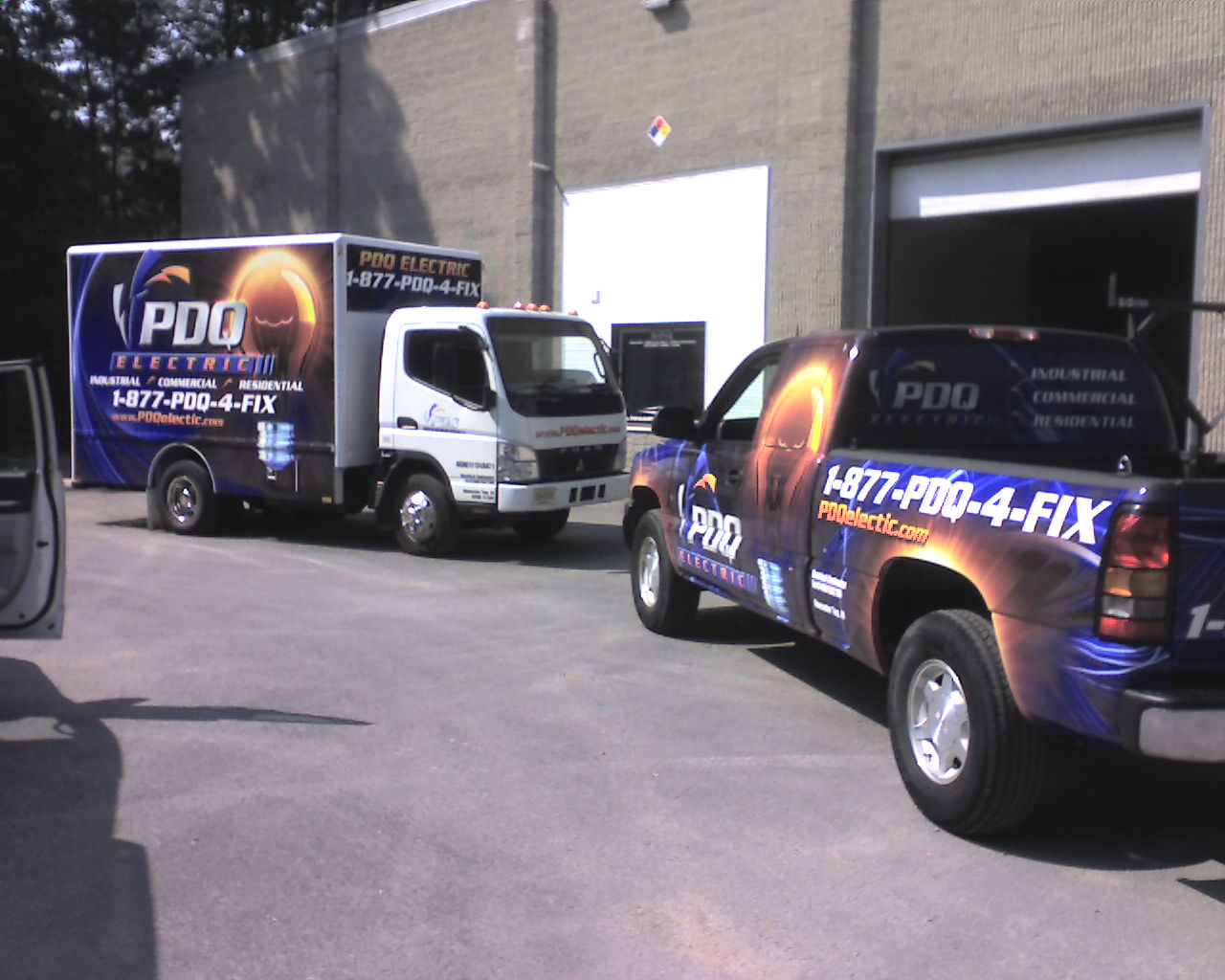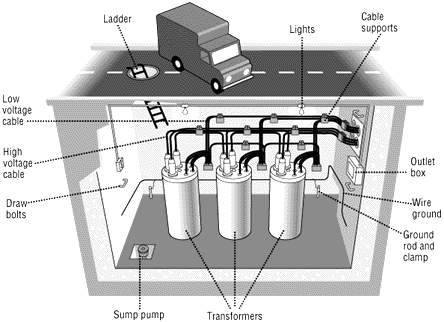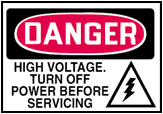 Industrial - Commercial
Industrial - Commercial  Electrical
Contractor
Electrical
Contractor 
PDQ Electric Corp
NJ, PA, DE, MD, NY, CT, DC, MA, RI
|

PDQIE - PDQ Industrial ElectricTransformer Vaults, SubstationsOSHA Glossary: A transformer vault is a structure or room in which power transformers, network protectors, voltage regulators, circuit breakers, meters, etc. are housed. http://www.osha.gov/SLTC/etools/electric_power/glossary.html#Vault
Misconceptions about transformer vaults1) Transformer vaults are DANGEROUS. This is probably obvious, but it bears repeating. Their purpose is to shield "civilians" from potentially lethal conditions. Only trained Professionals should enter a vault, even then Professionals consider vaults as a matter of life and death. 2) There are no "shields". The shield is a manhole cover or enclosure. If you are in a vault, there are exposed bus-bars, wires, and other nasty stuff. While you take steps in a vault, to avoid killing a fellow electrician, you must also assume they know what they are doing and are competent. 3) Vaults are well-marked and physically-secure. One does not "accidentally" enter a vault. The warning signs keeps out the grownups, the manhole cover keeps out the kids.
4) Entry into a vault requires a minimum of two Professionals. One to do the work, and one for security in case something goes wrong. 5) Ventilation equipment is mandatory. CO2 and methane are heavier than air, and both collect in underground vaults. 6) Oil in a transformer vault is a warning sign. While oil may be PCB-free oil, it is considered a red flag for OSHA and the EPA. If a worker does not know if that particular transformer is PCB-free, then they should not enter until they find out. If there are PCBs, then you must call in an EPA protective-suited Professional that can provide decontamination. 7) It does not matter where a vault is, since even in a public location, safety remains an issue and will require governmental involvement. 8) Even an Emergency Vehicle, would correctly surmise that they are not adequately trained to manage a vault accident. A Professional would need to come and either turn off power or put on safety equipment to enter. Major Components of a Typical Substation
| |
(877) 737-4349 (Toll Free)
(877) PDQ-4-FIX (Toll
Free)
(856) 625-6969 (Text
Messaging)
PDQ ia an Acronym for "Pretty Damn Quick"
|
PDQIE, www.PDQIE.com, info@PDQIE.com, quote@PDQIE.com, Ryan@PDQIE.com, PDQ Industrial Electric, www.PDQIndustrialElectric.com, info@PDQIndustrialElectric.com, quote@PDQIndustrialElectric.com, Ryan@PDQIndustrialElectric.com are marketing tools of PDQ Electric Corp, a NJ Licensed Electrical Contractor. Reddy Kilowatt® is a Registered Trademark of Northern States Power Company. The information on this website is believed to be reliable, but we cannot guarantee that information will be accurate, complete and current at all times and should be reaffirmed by a licensed professional before relying on it. PDQIE will from time to time revise information, products and services described in-on this Website, and reserves the right to make such changes without notice. Use of this Website is entirely at your risk. Materials and information in this Website (including text, graphics, and functionality) are presented without express or implied warranties of any kind and are provided "as is". It is your responsibility to evaluate the accuracy, completeness and usefulness of any opinions, advice, services and information provided.

